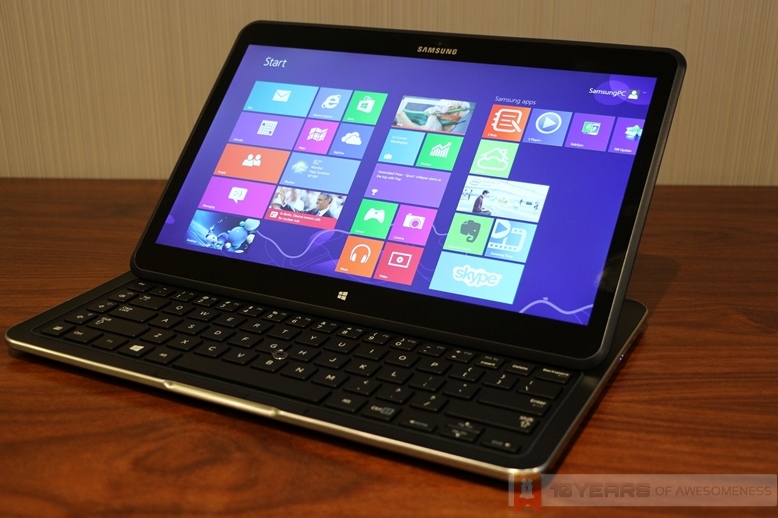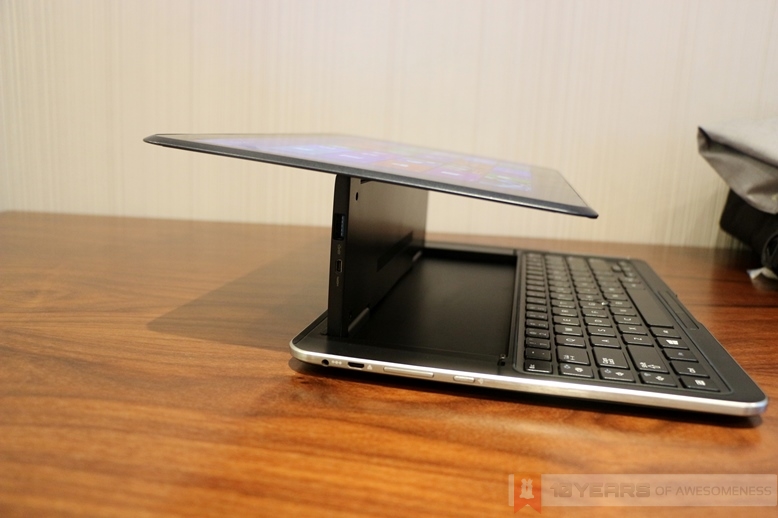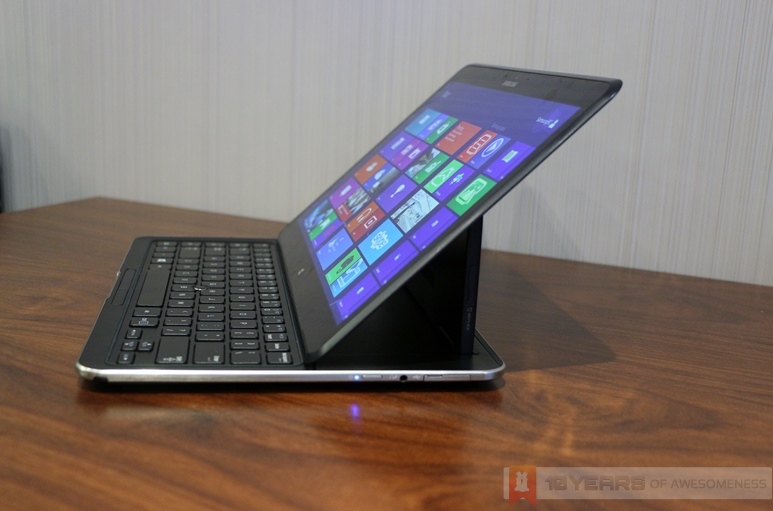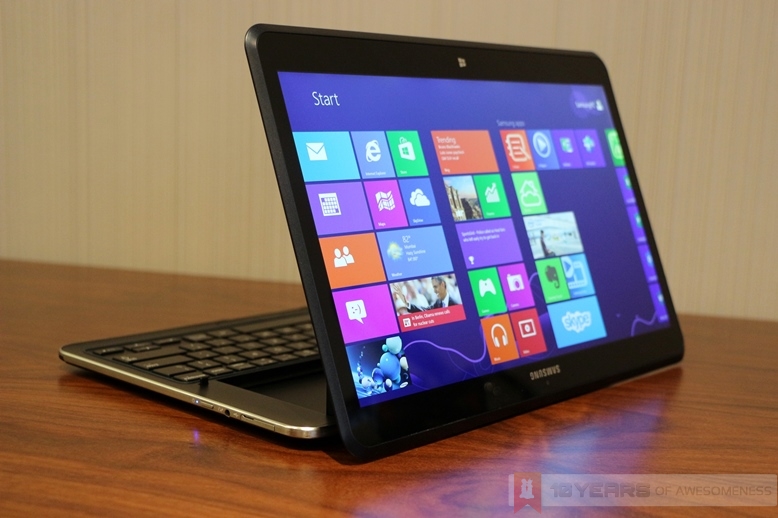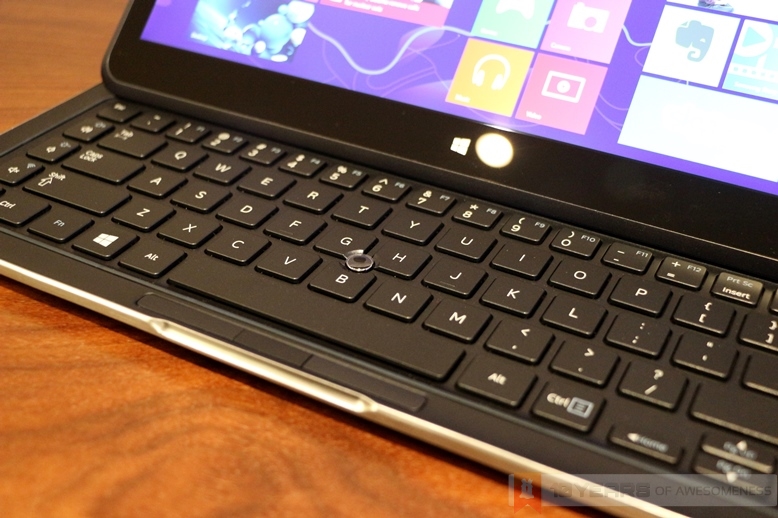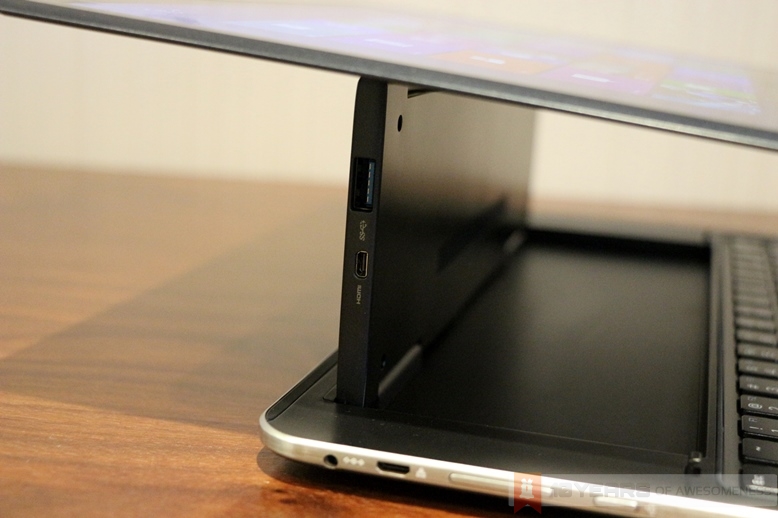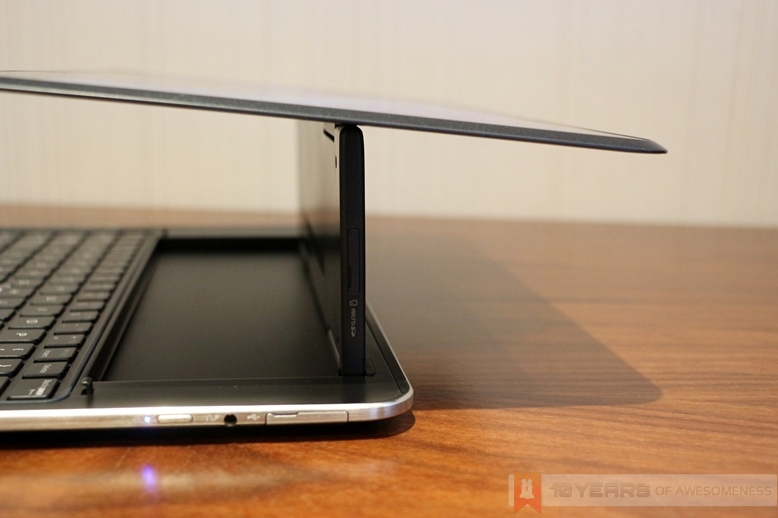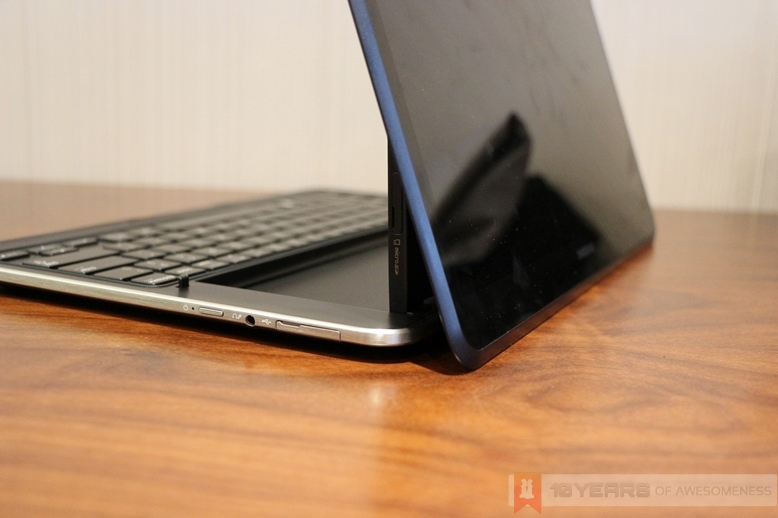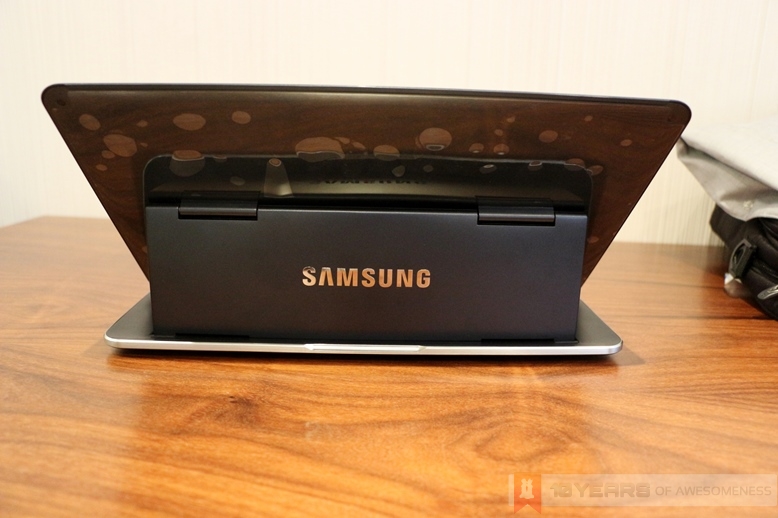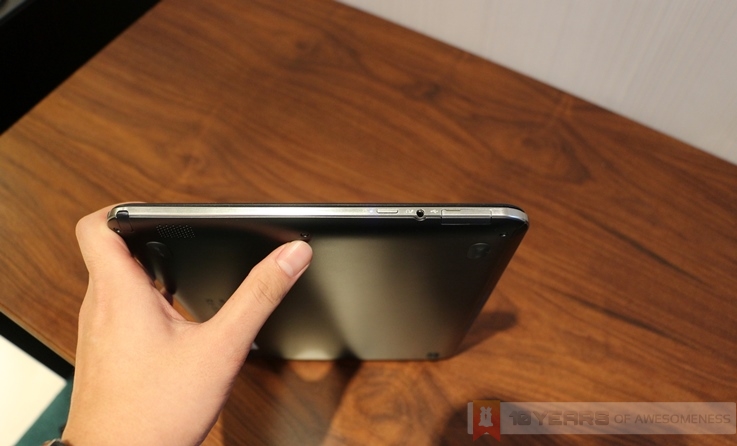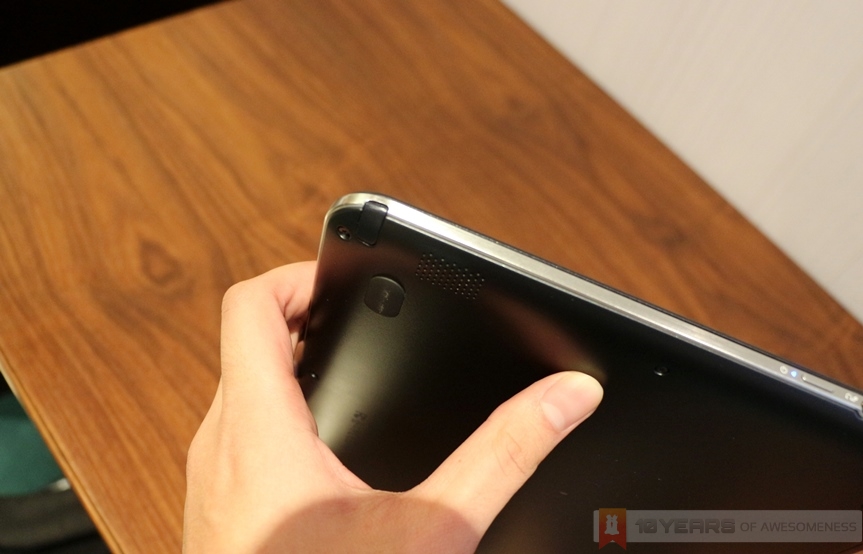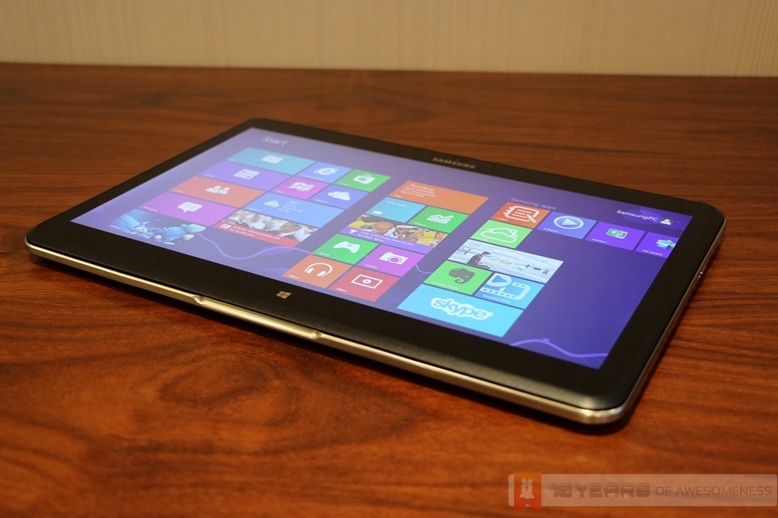At the Samsung Premiere event in London, the Korean company announced a slew of new ATIV devices. The ATIV brand name was recently streamlined to include all of the company’s Windows 8 and Windows Phone 8 offerings, including smartphones, tablets, Ultrabooks and All-in-Ones (AIOs).
Among the ATIV devices debuting at Samsung Premiere, two devices stand out from the rest: the Samsung ATIV 9 Plus Ultrabook and the ATIV Q hybrid tablet. The ATIV Q, in particular, stood out as quite an engineering feat both in hardware and software, and frankly, this is one of the most interesting devices to be announced this year.
Article continues after the break.
At first glance, one may mistake the ATIV Q as the recently-announced Acer Aspire R7, with its floating hinge design. Take another look, and one may think that it’s the Sony VAIO Duo, an Ultrabook featuring the “Surf Slider” hinge.
The ATIV Q, for me at least, is both of these devices and much, much more.
Similar to the Lenovo IdeaPad Yoga’s multi-mode hinge, the ATIV Q’s unique solution for an ultra-flexible hinge allows it to be used in four distinct modes: Tablet, Typing, Floating and Stand. Incorporating the best out of all current hybrid devices’ usage modes, the ATIV Q stands out further with an equally impressive array of specs.
Featuring the latest fourth-gen Intel Core processor, the ATIV Q also sports a 13.3-inch touch display with a super sharp 3200 x 1800 resolution. Samsung also bundles in an S Pen to the ATIV Q, with 1024 levels of sensitivity. To top it off, Samsung’s latest hybrid device weighs a mere 1.29kg and is only 13.9mm thick.
Samsung had further surprises in store with the ATIV Q. For instance, we were told that the entire hardware internals are stored on the large hinge mechanism itself, with fans positioned to direct heat away from the user. On top of that, the ATIV Q is the first hybrid device to run both Windows 8 and Android on a single processor.
Samsung did not provide a thorough technical explanation about the way its engineers have managed to achieve this, beyond denying the use of any Android emulators and highlighting the amount of development hours into achieving what Samsung calls a “deep integration between both platforms” for the ATIV Q.
And for once, it wasn’t just standard PR jargon. Windows 8 and stock Android work seamlessly together on the device. Users can pin Android apps onto the Windows 8 Start Screen, where the device will jump into Android before launching the app. Files saved in Windows can be seamlessly accessed on Android. And, naturally, users can also access the Google Play Store and access over 800,000 apps available on the Android platform.
As far as we can see during the media preview of the ATIV Q, this Windows 8/Android integration is a lot more elegant than what ASUS has managed recently with their Transformer AiO and the Transformer Book Trio, both of which uses two processors to power Windows 8 and Android separately. Like ASUS’ hybrid devices, however, Samsung states that the ATIV Q is first and foremost a Windows 8 hybrid tablet. A Samsung rep also noted that users can even switch Android off if they wished.
Further blurring the lines of the hybrid device is Samsung’s solution of PC and phone convergence, with the introduction of the new Samsung SideSync software. SideSync allows a phone connected to a compatible Samsung PC (such as the ATIV Q) to be navigated with a keyboard and mouse. Also, SideSync also allows users to use their connected smartphone on their PC screen.
Like the other devices showcased today, Samsung has not disclosed any details on pricing nor availability for the ATIV Q. With the top-tier specs and Android integration, however, we can expect that the new Samsung ATIV Q hybrid tablet to be priced firmly in the premium segment. Not that many would mind; Samsung may have unveiled the mother of all hybrid devices with the ATIV Q.
Follow us on Instagram, Facebook, Twitter or Telegram for more updates and breaking news.


